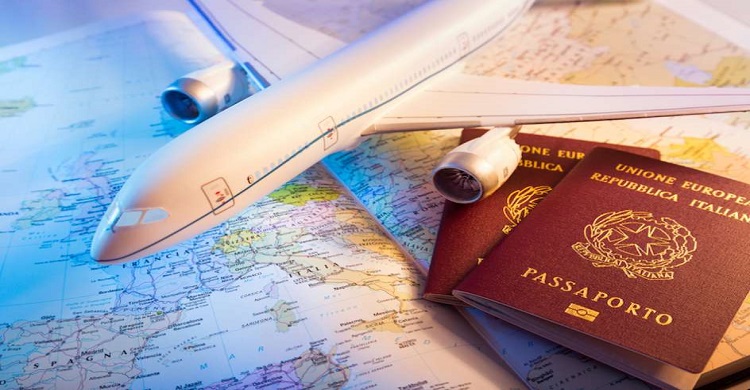
- Diplomatic News
South Korea diasporas in Mexico and Eurasia
- Diplomatic News
- 28 June, 2021 00:24:18
News Desk: South Korea has combined foreign policy, soft power politics and public diplomacy in connecting with diaspora communities in Latin America and Eurasia.
May 4, 2021 marked the 116th anniversary of the arrival of ethnic Koreans to Latin America. In April 1905, the first thousand Korean labor migrants boarded a British cargo ship in the Korean port of Chemulpo (present-day Incheon). The migrants were drawn away from the increasingly tumultuous Korean peninsula by the promises of stable work and regular wages in faraway Mexico. A month later, on May 4, the ship arrived at the Mexican port of Progreso, near Merida, on the Yucatan peninsula.In January 1903, the first shipload of Koreans had arrived in Hawaii, then a recently incorporated territory of the United States, to work on pineapple and sugar plantations. By 1905 more than 7,000 Korean labor migrants had departed Chemulpo for work in Hawaii.The history of Korean immigration to the Americas began with sweat and exploitation. The British lured Koreans with promises of four and five-year work contracts, but upon arrival, the Koreans found themselves sold into indenture servitude on the Yucatan’s henequen plantations, where local Yaqui and other indigenous groups were also exploited for labor. n 1910, Japan annexed Korea and the Koreans in Mexico effectively lost their nationality.
Some Koreans tried to escape from the dire situation in Mexico to Hawaii through San Francisco with no success. Around 1921, when demand for henequen fiber declined, 288 Korean laborers managed to escape to Cuba from the Mexican port in San Francisco de Campeche. The roughly thousand-strong Korean diaspora in Cuba today cites its roots in those nearly 300 migrants.
With the passage of time, the Koreans who remained in Mexico managed to not only survive but eventually integrate themselves in the local society. Through them, the wider story of Korean diasporas became woven into Mexico’s own complicated history.
A second wave of Korean migration to Mexico was triggered in part by the economic crises in South America in the 1970s and ’80s. South Koreans, as well as Argentine and Paraguayan Koreans, came to Mexico seeking better opportunities and living conditions.
At the end of 1990s, there were almost 20,000 ethnic Koreans living in Mexico. Most recently, the Mexico City Association of Korean Descendants claimed in mid-March 2021 that around 30,000 ethnic Koreans resided Mexico.
Despite this long presence in Mexico, it was only in the early 2000s that the Mexican Korean diaspora gained greater recognition. This was facilitated, in part, by South Korea’s pragmatic foreign policy, encompassing strong public diplomacy and cultural soft power, matched with outreach to various diaspora communities not only in Eurasia, but in Latin America as well.In the last two decades, South Korea has managed to reconnect itself not only with the post-Soviet Korean diaspora – known as the Koryo Saram, they number around half a million and are spread across the former Soviet Union – but also with the tens of thousands of ethnic Koreans scattered around Mexico.
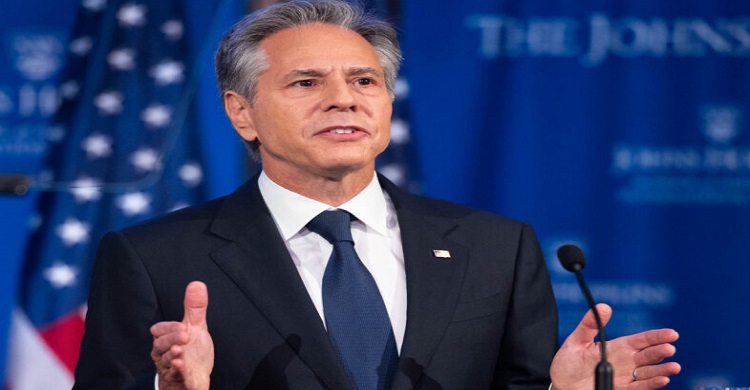





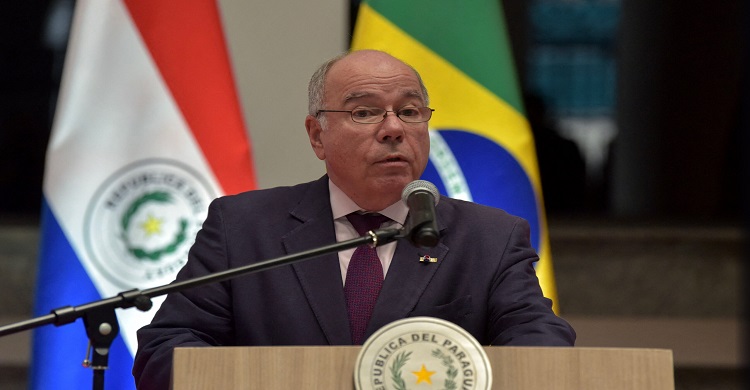

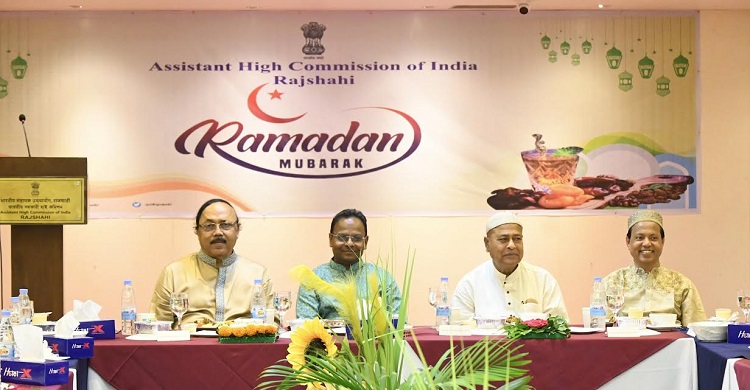

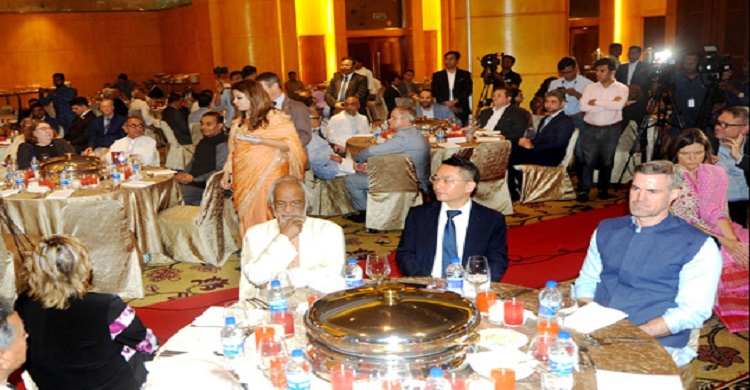

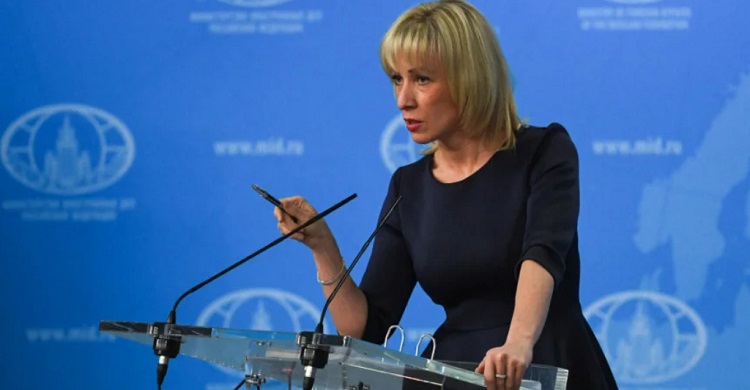




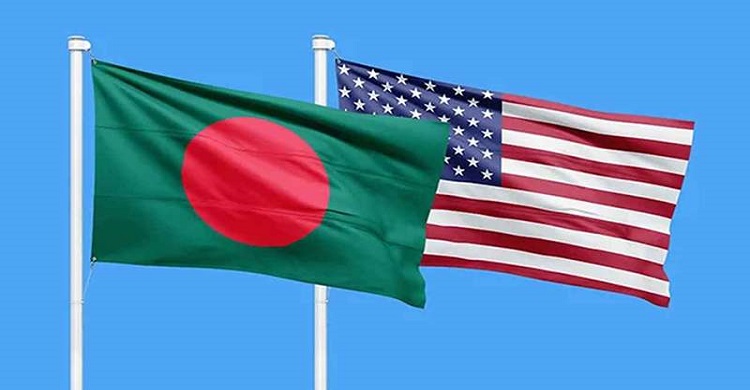
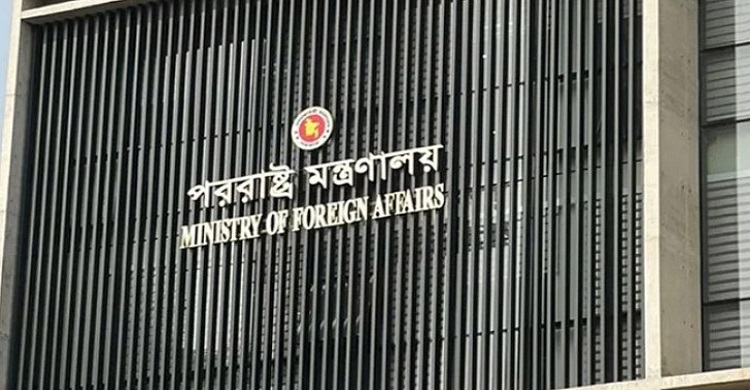
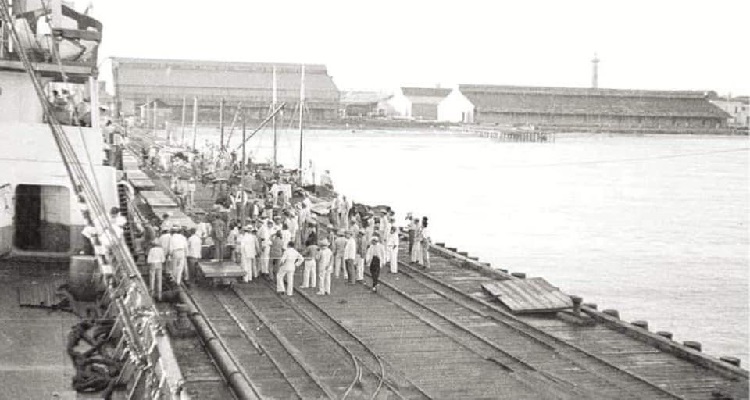








Comment ( 0)